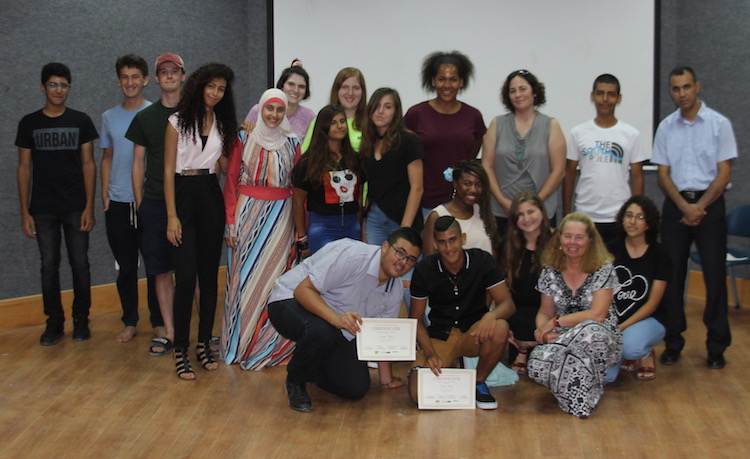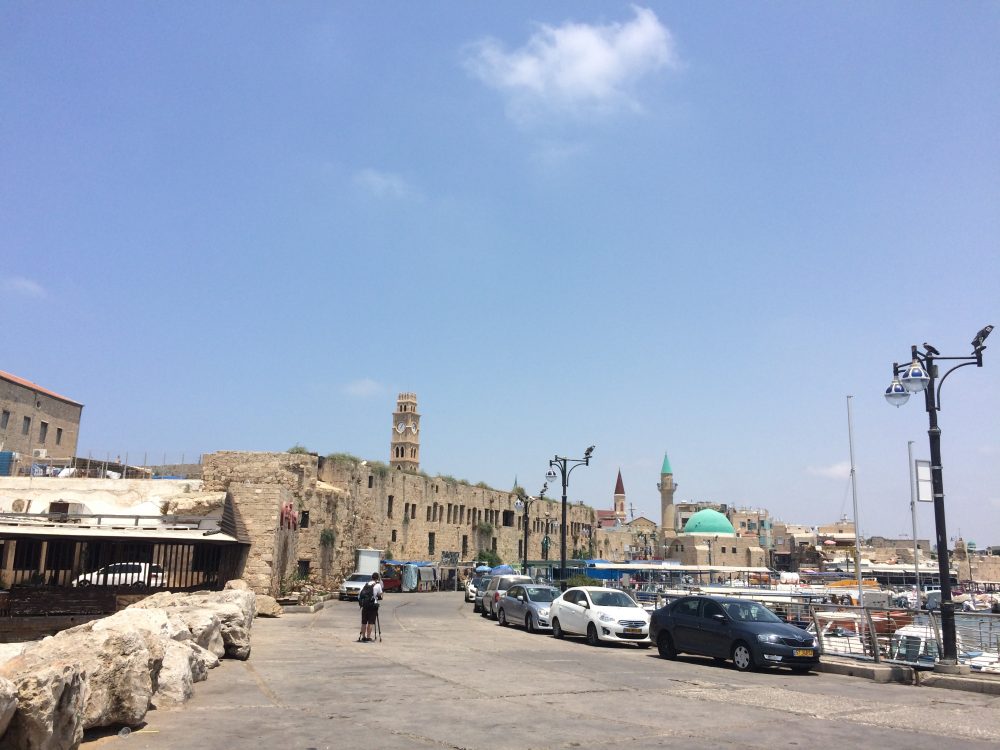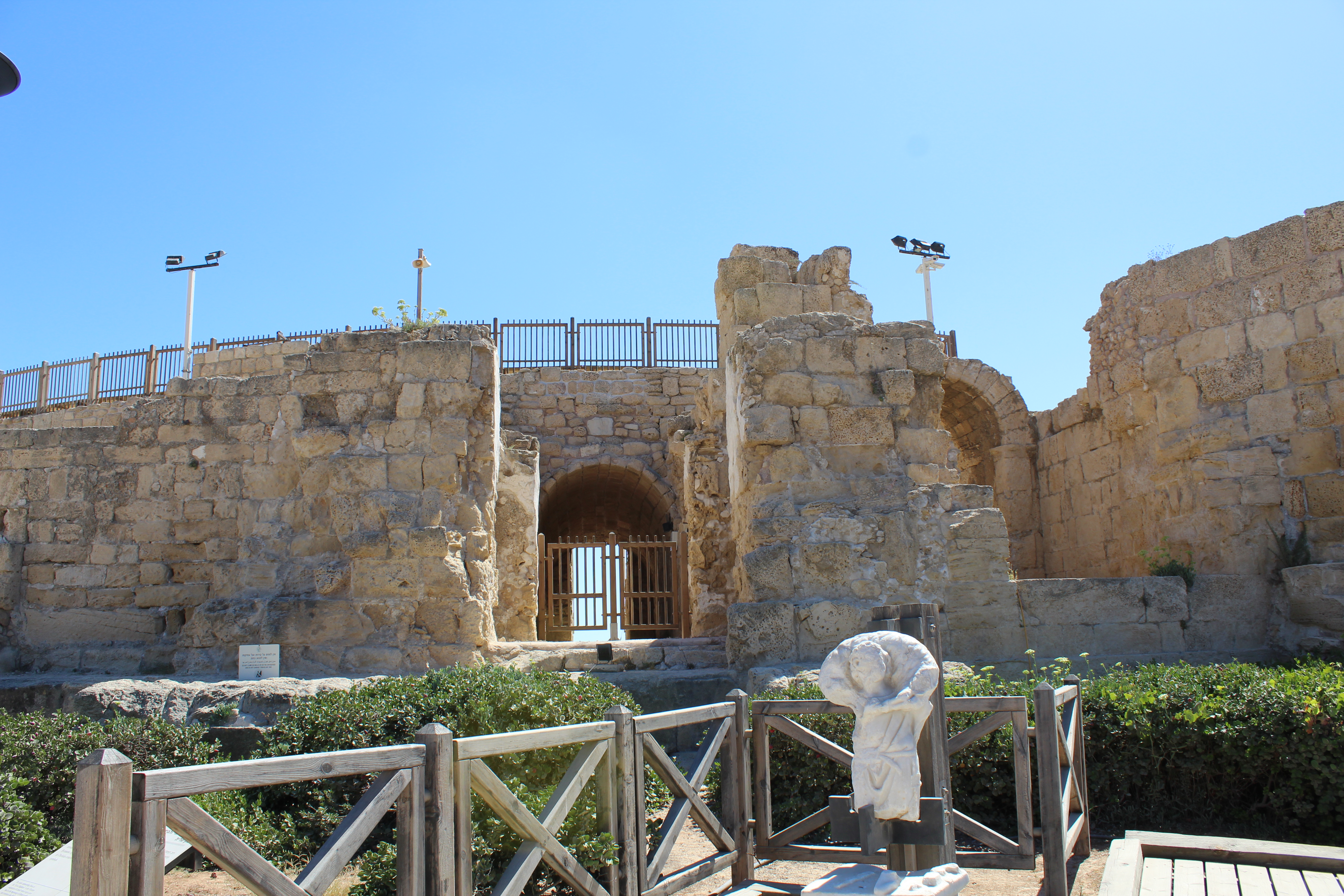An Emerging (Partial) Vessel
An Emerging (Partial) Vessel
The Reveal
As I was excavating in square RR4, I started to see this one large pottery sherd emerge that looked like it may be more than just a sherd. The part of the square I was working on was relatively lacking in pottery sherds, as compared to my friend, Salem’s, part of the strip where it was pretty much layer upon layer of large pottery sherds, so this caught my eye.
Based on the distribution of the other pottery sherds surrounding it, the square and area supervisors decided to make a third, smaller section (locus), in between Salem’s and mine. I continued digging there, as it was originally a part of my locus, but everything that came out of that locus would be separated from the other locus I was working on (even the dirt was sifted separately).
What I once thought was a large sherd, soon revealed itself to be a partial vessel, with the dirt packed in. I carefully articulated around the vessel, pedestaling it. The next day, we measured the height above sea level at which the vessel was located, and carefully removed it. (See video)
Aftermath
Those of us who first saw it joked that it was Dotan’s coffee mug. (Dotan being the person in charge of excavating the Tel in the 1970’s, and who is somewhat infamous for his poor excavation methods, by today’s standards). But once the soil inside was removed for a soil sample to be analyzed later, two oddly, but intentionally, placed holes were revealed. This confused everyone. The list of suggestions included:
- wine strainer (to get the grape pulp out)
- candle holder (joke)
- Persian bong (joke)
- a cyclops face (joke)
- a product of the “Lazy and/or Drunken Potter of Akko” (long-running joke)
Despite the uncertainty as to what the vessel was used for, the vessel won “Find of the Day.” (Which means there is ice cream in my future.)
Someone gave a rough description of the partial vessel to Martha Risser (an expert in all things pottery) and she thought that it could be a beehive. However, once she got a hold of it, she realized that it is too small to be that. So, what this partial vessel is, is still unknown.
My Thoughts
From what I have come to understand while studying archaeology these past two-ish years, finding a complete vessel is a relatively rare occurrence. Because of this, I am really pumped about this find, even if it is only a partial vessel. This is understandable considering this is my first archaeological excavation, and that I found this partial vessel in my first two weeks of the field school. I hope that the soil samples can give us some insight as to the purpose of this partial vessel. Perhaps the soil samples could provide some insight as to what was going on with the surrounding area, which had a strangely dense concentration of large, possibly restorable pottery sherds.









